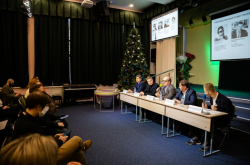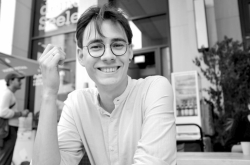Semester in Tallinn
Why did you choose Tallinn University for your internship?
Last year, I participated in a winter school in Experimental Interaction Design that took place at Tallinn University. Designed for two weeks, the school focused on the development of portable devices for health and wellbeing. My team worked on the development of a toothbrushing solution. As a result of the program, we came up with a draft prototype, which we then presented to the jury. Thanks to that program, I familiarized myself with the university and the city and it felt comfortable to come here for the second time. What is also important is that ITMO University is collaborating with Tallinn University on the annual international conference WUD@ITMO (World Usability Day), so I knew that there were many good specialists there and I could learn a lot from them.
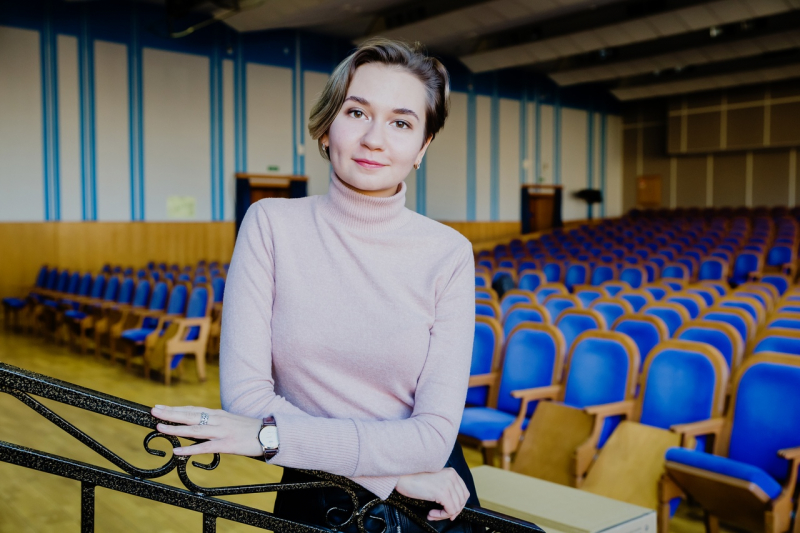
What research area did you focus on during your studies at Tallinn University?
It was human-computer interaction or HCI. I had five subjects: Accessible Computing, Prototyping, Foundations of HCI, Principles of Behavioural Science, and Design Theory and Methodology. I was given a very interesting practical assignment as part of this course. The assignment was dedicated to the topic of environmental protection and pollution. I lived in a dormitory with lots of students from all over the world and I knew that there was no separate waste collection system out there. To solve this problem, I joined forces with other students and we started working on this project together. We conducted some studies, developed certain directions regarding the process of separate waste collection, as well as started establishing student communities and motivating students to comply with the new rules.
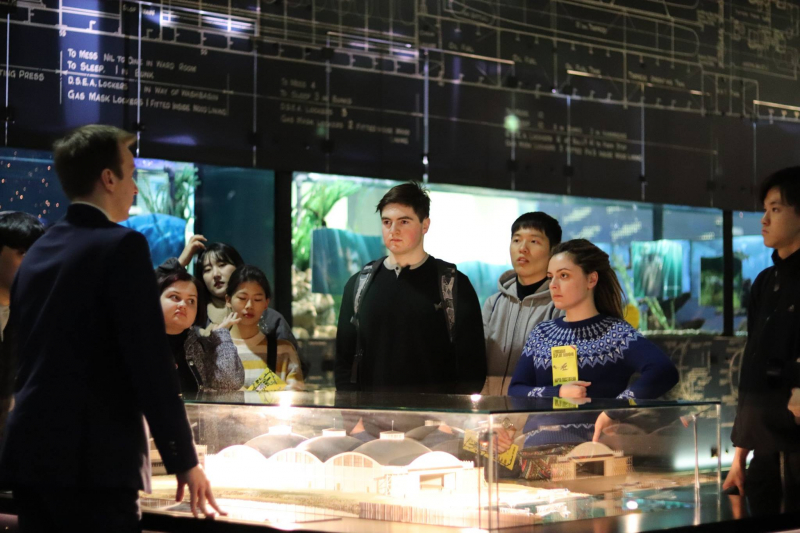
In what way is the educational process at Tallinn University different from the one at ITMO?
What surprised me was that the average age of Master’s students there was 30 years. For some of them, this was their second Master’s program, others had already spent some time working by profession, while some students just wanted to change the field. Thanks to this fact our group was made up of lots of experienced people with a wide range of interests and working experience in various fields under their belt.
What did you get out of this internship?
I found this semester at Tallinn University very useful both in terms of the knowledge I acquired and personal development. The experience of living in another country makes you more flexible and resistant to any challenges. During this semester, I met a lot of interesting people and became very close with some of them. There were quite a lot of IT events held in Tallinn, which also helped expand my horizons and establish some useful connections. For example, I took part in a hackathon for the first time in my life, and my team made it to the list of the winners. I also attended a workshop organized by Google and visited a couple of meetups at startup incubators.
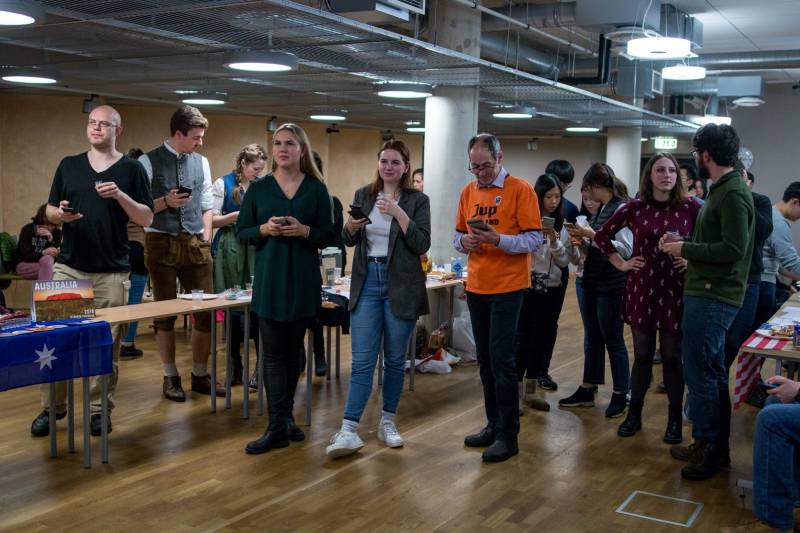
This course helped me realize that it’s not only an attractive appearance and a huge number of functions that make a good product but also its availability. What is also important is that the theory that I learned as part of this course formed the basis of my Master’s thesis: I am now working on an interface design framework for dyslexics.
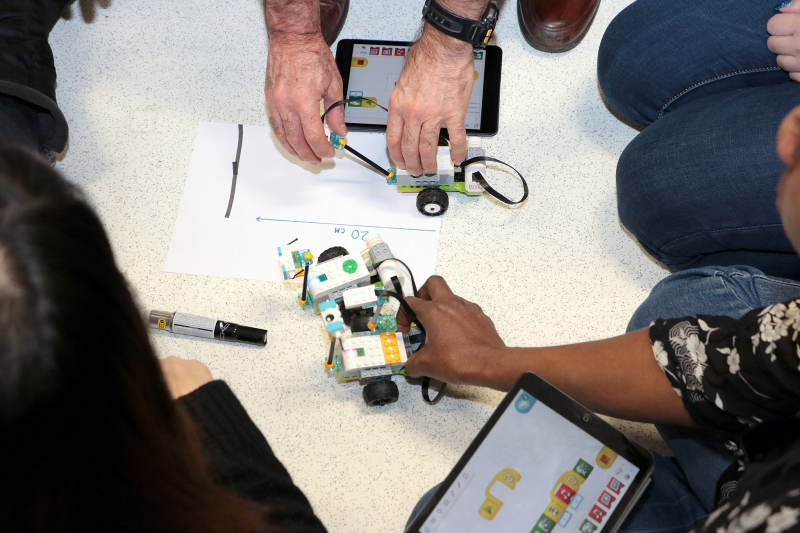
Framework for people with dyslexia
Tell us a bit more about your project. How did you come up with such an idea?
It was last year that I chose the topic of my research. In Tallinn, I continued studying this topic, read a lot of materials, talked to lecturers. After a while, it became obvious that there was not so much information about interface design for people with dyslexia and this topic needed further research. However, there are a lot of research projects that focus on giving recommendations for dyslexics regarding such activities as reading, writing and Internet surfing. Together with my lecturers at Tallinn University, I attempted to answer the question that eventually formed the basis of my Master’s thesis: what needs to be done to combine the information about dyslexia from different sources in one work? The development of an interface design framework was the answer.
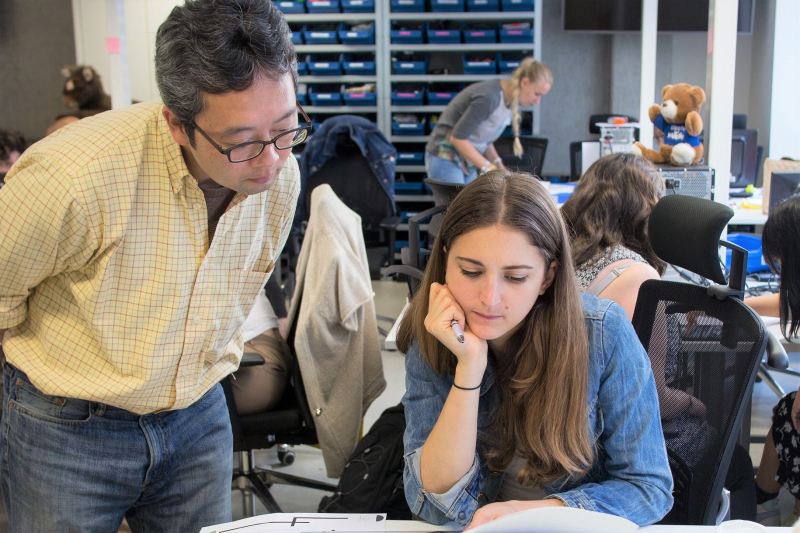
So you were the first to do that? Why?
It’s only recently that this topic has become a subject of research in Russia. Another difficulty is that each person with dyslexia faces their own challenges and it’s very hard to come up with a single product that would solve all these problems. It requires a very creative approach to research and the use of various metrics, both those embedded in the interface and those that can be customized to suit the needs of each user.
What are your plans for the future?
I now continue working on my research and plan to include its results in my Master’s thesis. But I have some other plans as well. I would like to share my project with the existing communities that help people with dyslexia so that they could start using my ideas and implement them in their work.


